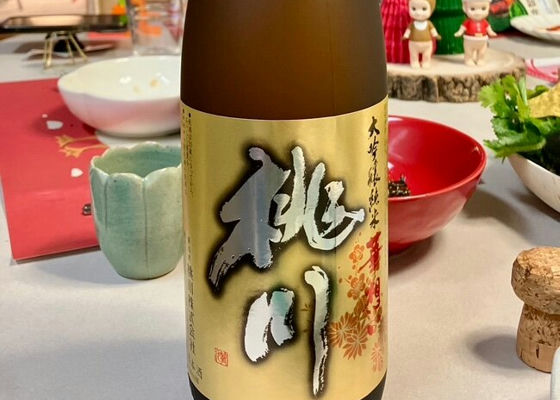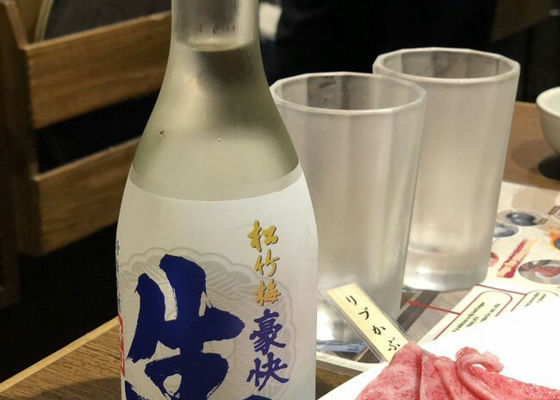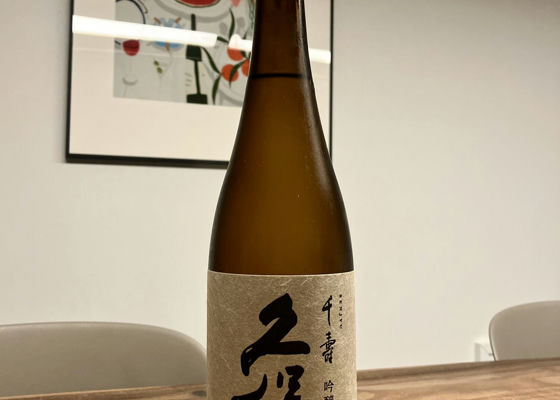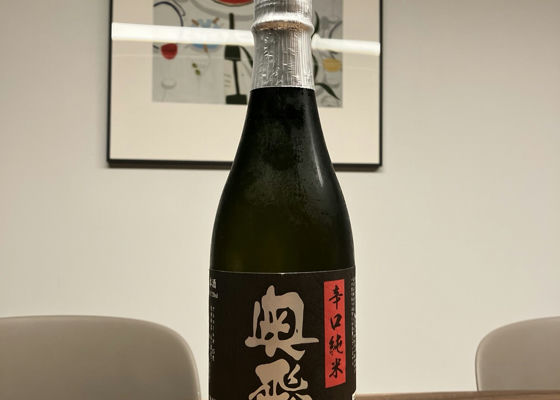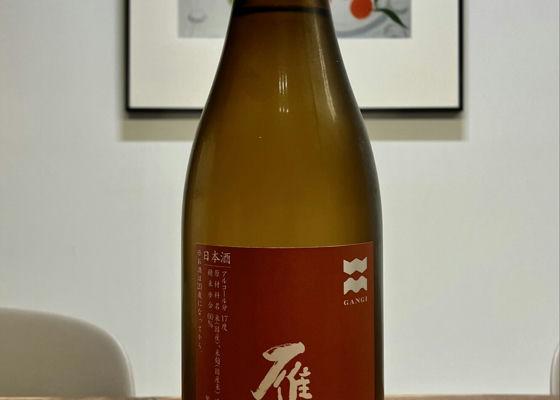
wnky
Appearance Clarity 55, Aroma Complexity 45, Flavor Balance 55, Structure 50, Lingering 55 = Overall 50
Fairly transparent appearance with a faintly shiny yellowish color, a faintly grainy texture, and a low intensity and complexity of aroma when chilled, but the alcohol is present and flowing smoothly, and the flavor and finish are as loud as crickets chirping. It has the bright sweetness of Yamadanishiki, but the overall flavor is Niigami. A soft, angry sensation spreads across the tongue with a coolness that makes it parched, but it's forgettable, and the sweetness and savory flavors that hit in the middle try to balance it out. On the second or third sip, the depth of Hyaoroshi's characteristic flavors come to the forefront, and it's a thick, full-bodied finish. The aroma is pungent for about 10 seconds after the swallow, and the evolution of the finish is gentle and clean. The honeyed flavor is interesting.
TranslationView.language.ko>English
